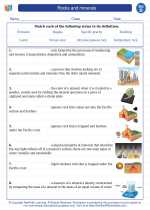Paleontology
Paleontology is the scientific study of the history of life on Earth as based on fossils. It involves the analysis of plant and animal fossils to understand the history and evolution of life on Earth.
What is a Fossil?
A fossil is the preserved remains or impressions of a plant, animal, or other organism from a past geological age. Fossils are typically found in sedimentary rock and provide important clues about the past.
How are Fossils Formed?
Fossils are formed through a process called fossilization. This occurs when living organisms or their remains are buried in sediment. Over time, the organic material is replaced by minerals, creating a fossil.
Types of Fossils
There are several types of fossils, including:
- Body fossils: These are the actual remains of an organism, such as bones, teeth, or shells.
- Trace fossils: These are evidence of the activity of ancient organisms, such as footprints, burrows, or coprolites (fossilized feces).
Importance of Paleontology
Paleontology is important for several reasons:
- Understanding the history of life on Earth
- Reconstructing past environments and ecosystems
- Tracing the evolution of species over time
- Providing evidence for the theory of evolution
Famous Paleontologists
Many scientists have made significant contributions to the field of paleontology, including:
- Mary Anning: Known for her discoveries of marine reptile fossils in the early 19th century.
- Richard Owen: Coined the term "dinosaur" and made important contributions to the study of ancient reptiles.
- Jack Horner: Known for his work on dinosaur behavior and anatomy.
Study Tips
If you're studying paleontology, here are some tips to help you succeed:
- Learn about different geological eras and the types of life that existed during each era.
- Understand the process of fossilization and how fossils are formed.
- Study the work of famous paleontologists and their contributions to the field.
- Visit natural history museums or fossil sites to see real fossils and learn from exhibits.
◂Science Worksheets and Study Guides Fourth Grade. Rocks and minerals
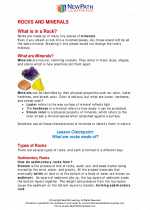
 Activity Lesson
Activity Lesson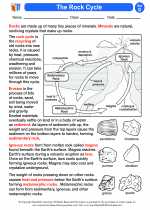
 Worksheet/Answer key
Worksheet/Answer key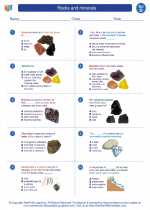
 Worksheet/Answer key
Worksheet/Answer key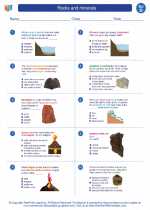
 Worksheet/Answer key
Worksheet/Answer key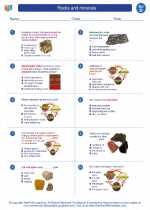
 Worksheet/Answer key
Worksheet/Answer key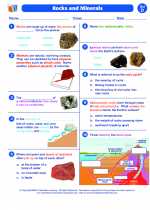
 Vocabulary/Answer key
Vocabulary/Answer key
 Vocabulary/Answer key
Vocabulary/Answer key
 Vocabulary/Answer key
Vocabulary/Answer key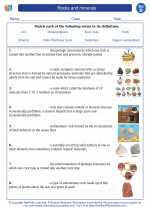
 Vocabulary/Answer key
Vocabulary/Answer key